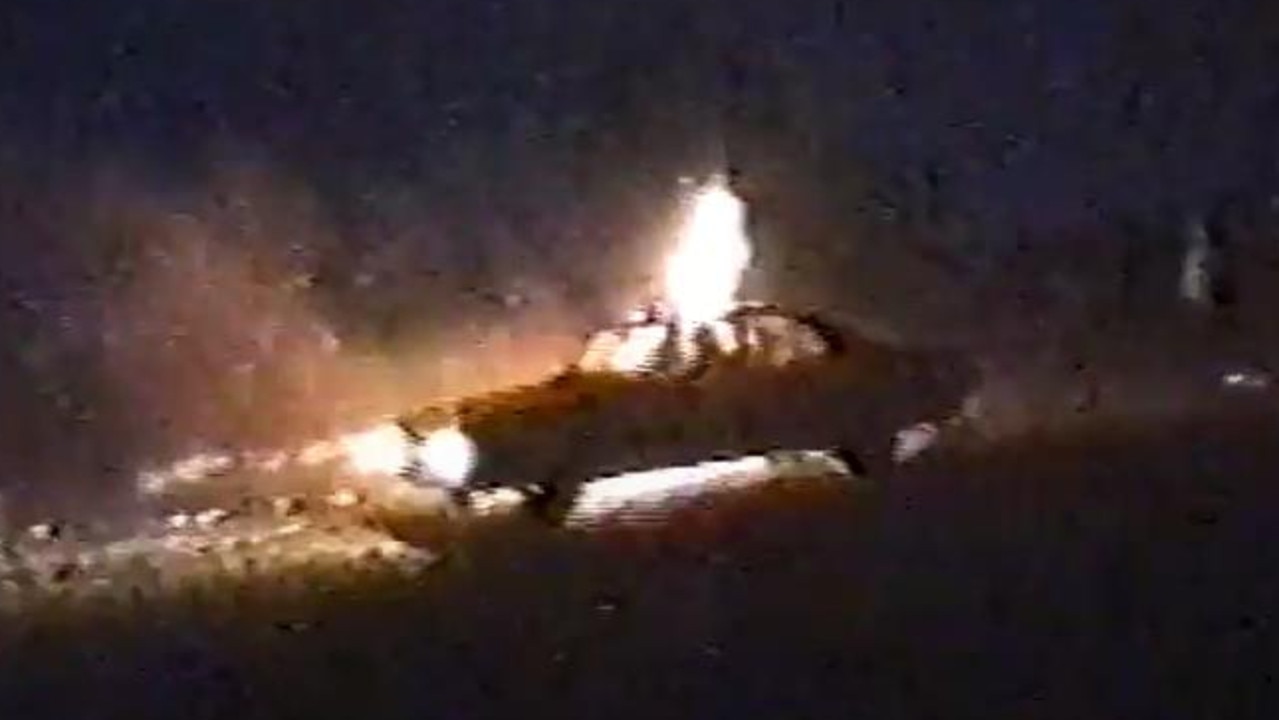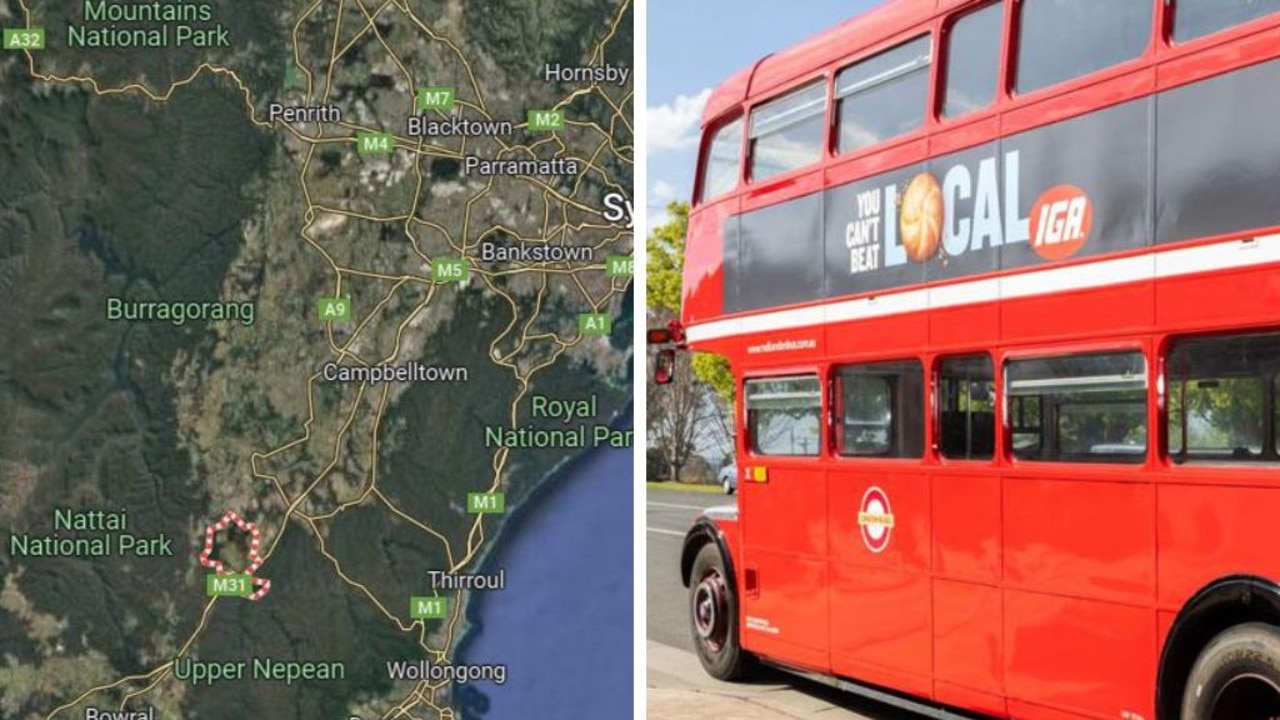Places to surf before you die: Angourie, NSW
EVER since Angourie's green waves became a studio for filming the surf classic Morning of the Earth, this right-hand point break on the NSW has been world-famous.
ANGOURIE is one of the rare entries into this list that has withstood the ravages of its surfing notoriety.
In fact, if anything, this world-famous right-hand point break may in fact be more laid-back today than at any time in the past 20 millennia.
The flat, boulder-strewn headland, connected to the coast by a sandy isthmus, has been an important meeting place for the Yaegl people for generations. From here they could survey to the north, south and east, and it was they who named the place Angourie, which translated to 'the sound of the wind'.
Gallery: Waves to surf before you die »
The only sounds that emanated from Angourie following white settlement, however, were those of coal-powered diggers chewing out bluestone from the neighbouring headland, to provide stone for the Clarence River breakwall at Yamba.
When they dug into a freshwater spring and the pit flooded, it was abandoned, forming Angourie's famous Blue Pools, from where today you can look across the bay straight into the eye of the Angourie barrel.
While Angourie had been a meeting place for local Aborigines for thousands of years, come the 1970s a very different tribe was congregating here. As carloads of surfers fled both the city and gainful employment, Angourie became a metaphorical escape from the pressures of urban living.
It's hardly surprising that the airbrushed green walls of the point became a studio for the filming of Morning of the Earth, a movie that encapsulated the country-soul generation more than any other.
It's still easy to see what attracted these urban refugees forty years ago.
The waves, in the right conditions, can be awesome. The jump-off spot is out the back of the point, and while it's nowhere near as lethal as the Lennox jump-off just up the coast, it's still best to follow someone who knows what they're doing. The takeoff spot is reasonably forgiving, although your thirty-odd new mates sitting out there with you are unlikely to be.
Once the wave rounds the point and wraps into the bay, it throws big, barrelling sections interspersed with fast green walls custom-made for burying some rail. The wave has two faces, depending on the swell direction.
Swells from the south wrap more gently around the point and are best described as fun. If, however, the swell is coming from the east or north, courtesy of a tropical cyclone, the swell will push back in on itself, much the same as Honolua Bay does, and the place can get heavy, handling eight to 10 feet of swell before closing out.
The blissed-out hippie days of having the point to yourself have, however, gone the same way as the single-fin. There may not be many locals in the Angourie area, but they can all surf the place in their sleep. Combined with a steady inflow of transient surfers, the drop-in factor out here on a good day is white-hot.
When you mention Angourie to surfers around the world, the immediate image they have is of surfing legend and Angourie local Nat Young, his head looking like a blueberry muffin. Back in 2000, Young was involved in a fracas with another local surfer, the dust-up gaining international headlines and coining the term 'surf rage'.
If you grow up in Angourie, your career paths are somewhat limited - you'll be either a professional surfer or a fisherman. The current population is somewhere around 300, and it's unlikely to get any bigger.
Bordered by national park, the village was recently declared Australia's third surfing reserve, ensuring its protection for future generations. There's never been a surfing contest held at Angourie, and there's not going to be one scheduled there any time soon.
The Pilgrimage: 50 places to surf before you die, edited by Sean Doherty, is published by Penguin Books on the Viking Imprint and is available in all good bookshops for $49.95.



